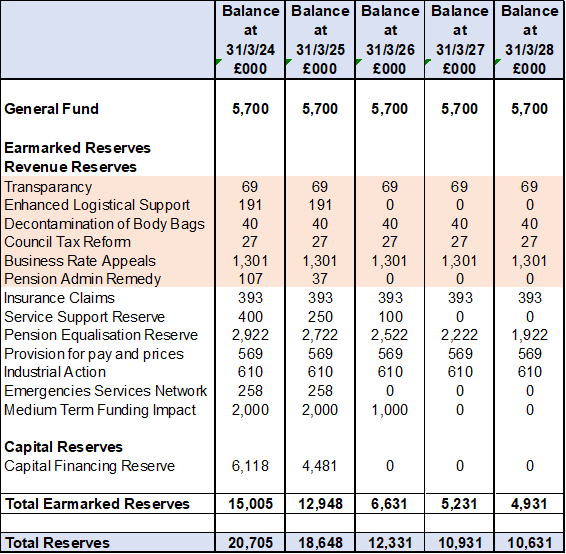Investment in Technology
Our Digital and Data Strategy outlines our digital investment and is focused on equipping our service with the right systems, technology, and data. We continue to make major changes to our digital infrastructure, keeping up to date with data and technology developments. This enables us to determine how these digital systems could better support the way we transform and deliver our services to our staff, partners, and the community.
We have seen £3.2m capital investment in our Information and Communications Technology (ICT) over the last four years. The journey started with investment in the back-end infrastructure which would become the foundation through which all other services were built upon. We have standardised all our end user hardware such as desktop computers on stations, large touchscreen Audio Visual (AV) equipment in all station training rooms, laptops for all desk-based staff, and software, whether commercially bought or developed in-house.
OneView, our new bespoke performance management system is a series of intuitive dashboards that provide a comprehensive picture of WYFRS’ progress towards achieving our strategic priorities.
OneView provides transparency, accountability and the platform to share data with our fire service colleagues, partner agencies, and the communities of West Yorkshire. The system will future proof our collation and analysis of data, allowing us to make informed decisions about how to identify and address risk and vulnerability within our communities.
Recent developments within OneView now incorporate dashboards and reports for operational training, prevention, and protection data. We will soon be developing the system to include appliance availability, staff rostering and sickness data.
Where it provides value for money, we are building systems in house to meet our specific needs. For example, the work we have delivered as part of our firefighter Competency Dashboard has saved over 3,500 hours of time per year across all our stations.
The move from traditional phonelines to a data network-based phone system has enabled us to reduce physical telephone handsets by deploying software-based phones on laptops. Also, the use of large touchscreen AV panels in fire stations for the delivery of classroom and remote training reduces the need to travel; this was particularly useful during the pandemic as it aided remote working.
We have invested £8m on a replacement mobilising system for Fire Control. The new system is fully cloud based and offers several improvements over our existing system such as enhanced resilience, pre alerting for mobilising, dynamic cover to ensure the best deployment of resources, ability to access the 999 caller’s camera therefore allowing images to be relayed to responders, Multi Agency Information Transfer (MAIT), Talk group per incident and compliance with the new Emergency Services Network.
Operationally, we have issued tablets with our in-house developed applications for use in the community. Furthermore, command support technology and connectivity has been developed in our command support vehicles, and we have moved away from fixed phones in appliances and replaced them with smart mobile phones with corporate applications and accessible data.
A working group is currently in place to explore how we can use Microsoft Teams for bespoke and smarter coordination and management of incidents from a command support perspective. We are moving towards the use of Microsoft Power Platform technology for the digitisation and automation of processes.
All Flexible Duty System (FDS) officers now have SIM cards in their laptops which enables them to access the internet immediately, and we have developed an Incident Command handbook as a digital application which can be accessed on mobile phones.
All trainee firefighters are issued with laptops whilst they complete their initial training, and crew commanders and firefighters who are completing their NVQs have also been issued with laptops for the duration of their course.
To reduce bureaucratic and repetitive elements within the firefighter NVQ pack we have also recently completed a review of its content which will reduce time spent on NVQ’s for candidates, assessors, and Internal Quality Assurances by 20%.
Other ICT initiatives include:
- Smarter working through our Enterprise Service Management self-service portal for all ICT and Property support requests.
- The rollout of a managed print solution which will see all fire stations having the same printing capability, allowing staff to print, scan, and copy documents with ease.
- In-house development and rollout of the Safe and Well application on tablets.
- In-house development of a bespoke Competency Dashboard which houses all the training undertaken by firefighters, which has seen efficiencies realised by retiring the previous commercial product.
- In-house development of PowerApps which removes the requirement to pay a support contract.
- Utilisation of secure email features within Microsoft 365 which removes the requirement to procure a third-party product.
As we look to mature our ICT products and services over the next few years, greater emphasis will be placed on a self-service culture through digital enablement. This will include empowering our staff to develop low level solutions to problems using the applications we provide, reimagining manual processes in a digital format which leverages the power of automation, and accessing business intelligence data and interpreting trends to improve the services we offer.







